The Marriage of Beauty and Utility
For decades, interior design trends often swayed between excessive ornamentation and stripped-down minimalism. Today, the pendulum is settling in the middle—where clean, purposeful aesthetics meet real-world usability.
Take the modern kitchen, for example. Sleek cabinetry, concealed appliances, and open layouts are more than visually appealing—they’re crafted to optimize movement, efficiency, and daily routines. The same is true in living rooms with modular seating or in entryways with built-in storage that maintains a clutter-free appearance.
Designing for Everyday Life
Purpose-driven design begins with understanding the needs and habits of the people who use a space. Are you working from home? Do you need a kid-friendly living area? Are you hosting guests often? These questions shape the function, layout, and features of a home.
Designers today often begin with a lifestyle assessment, using the results to guide everything from furniture selection to lighting plans. Spaces are zoned for specific activities—relaxation, productivity, socializing—while still maintaining a cohesive visual story.
Flexible Spaces, Thoughtful Design
One of the biggest shifts in modern design is the rise of flexibility. As homes double as offices, gyms, and classrooms, multi-use spaces are essential. Purposeful design ensures that every square foot is used effectively, often through flexible furnishings and intelligent layouts.
Fold-out desks, sliding partitions, expandable tables, and built-in storage allow one room to serve several roles throughout the day—without sacrificing style.
Material Choices that Matter
Designing with purpose also means being intentional with materials. Choosing high-quality, durable finishes may cost more upfront, but they reduce the need for constant replacement and upkeep.
Sustainable materials—like reclaimed wood, recycled metals, or organic textiles—don’t just perform well; they also align with values around environmental responsibility. Beauty here is more than skin deep—it's embedded in the integrity of what the space is made from.
Emotional and Sensory Design
Purpose isn't always practical—it can also be emotional. How a space makes you feel is just as important as what it does. Thoughtful lighting, soft textures, soothing color palettes, and personal touches all play a role in shaping atmosphere and comfort.
Designers are increasingly focused on sensory experience—how light, sound, texture, and space influence mood and behavior. The result is a more holistic approach to interiors, where beauty is felt as much as it is seen.
Aesthetic That Tells a Story
Function may be the foundation, but aesthetic gives a space its voice. A well-designed home tells a story—of who lives there, what they value, and how they experience the world. From artwork and heirlooms to color schemes and patterns, the aesthetic choices in a purposeful design feel intentional, not arbitrary.
This personal expression doesn’t have to mean maximalism. Even the most minimal spaces can convey identity through thoughtful curation.
Conclusion: Intentional Living Through Design
Purposeful design bridges the gap between beauty and utility. It ensures that every decision—from layout to lighting—supports a lifestyle, evokes emotion, and brings long-term satisfaction. In a world of fleeting trends, designing with intention creates homes that are not just stylish, but meaningful.
Because in the end, the most beautiful spaces aren’t just admired—they’re lived in, loved, and truly used.



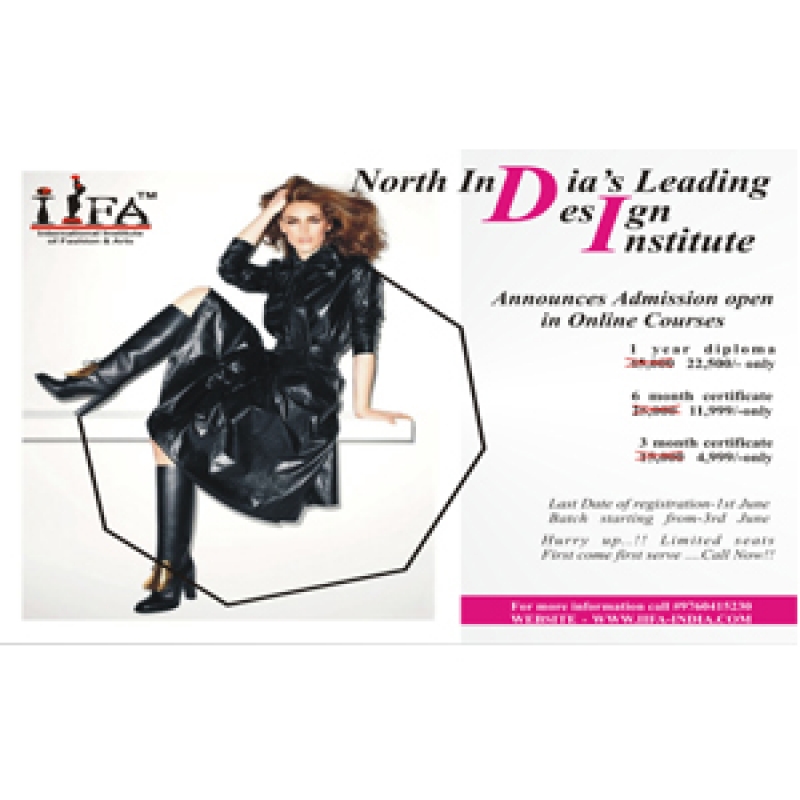


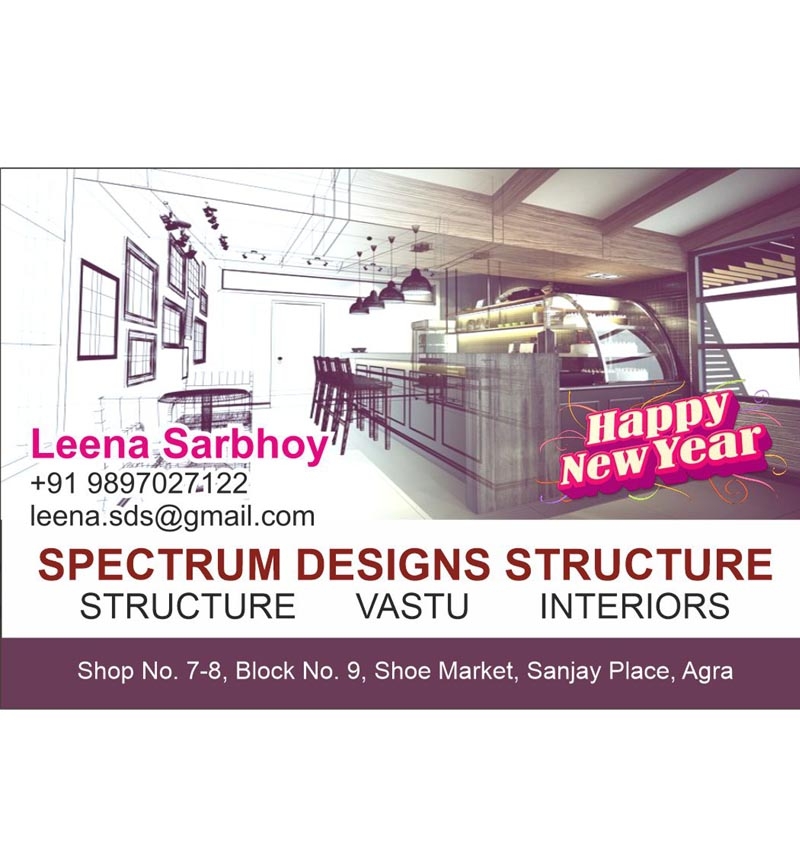
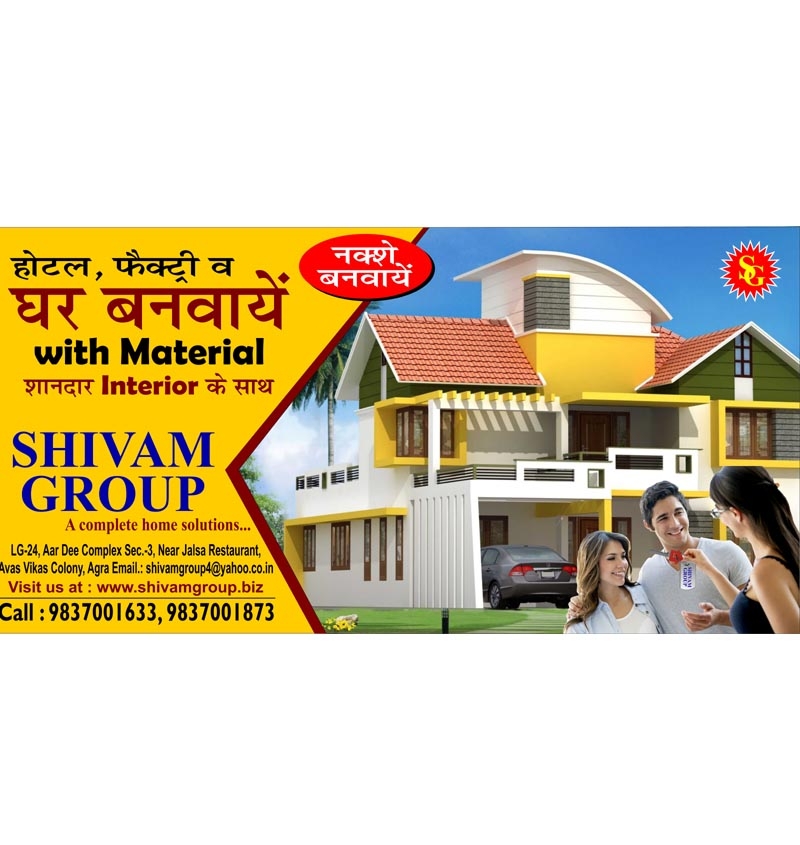
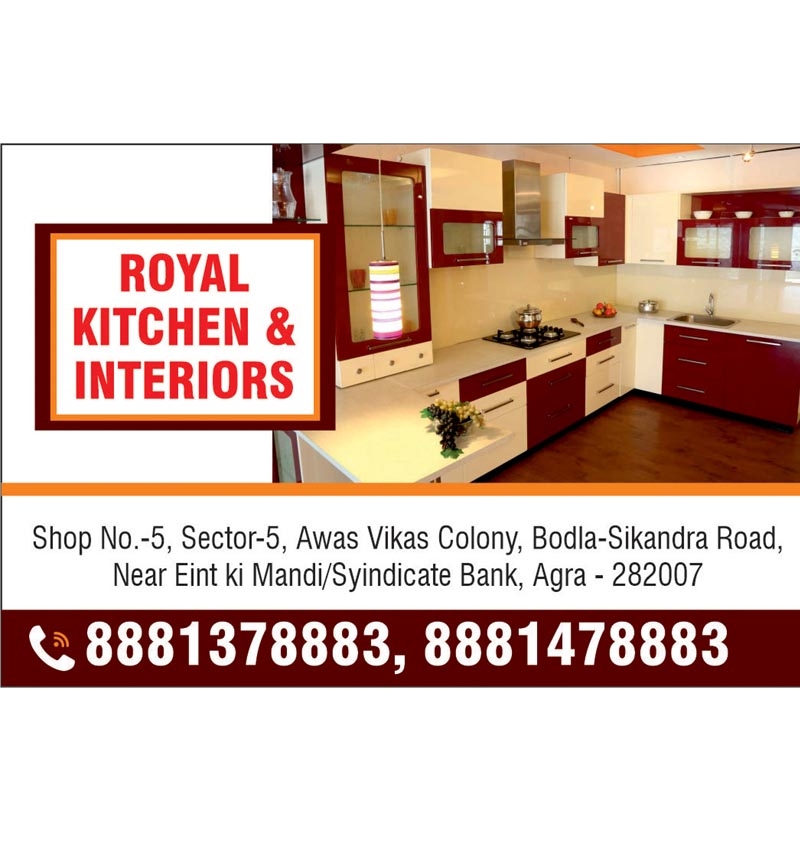
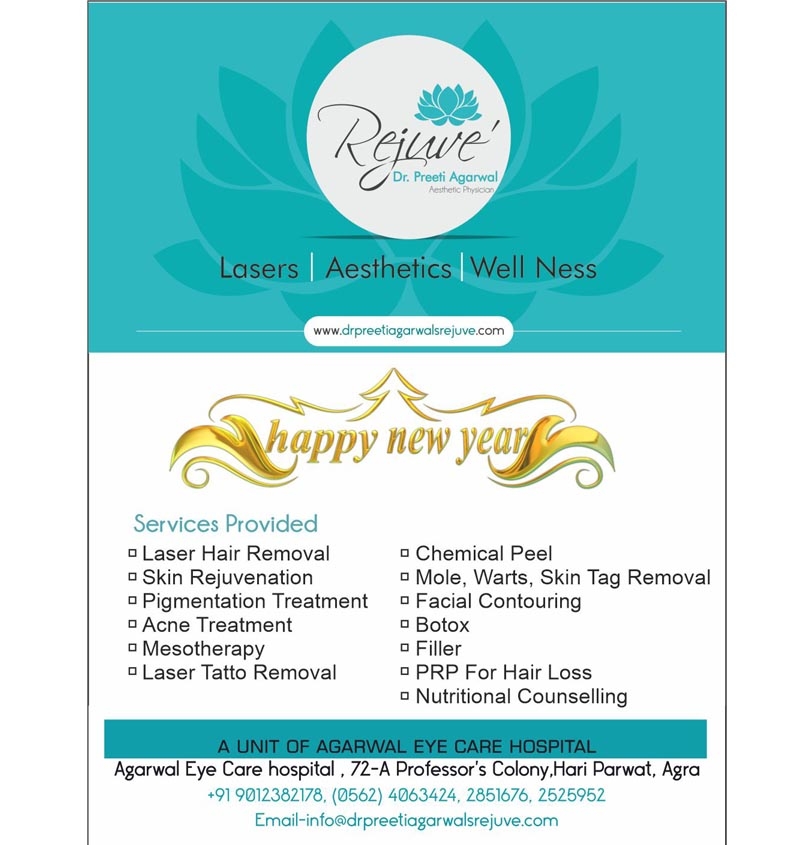





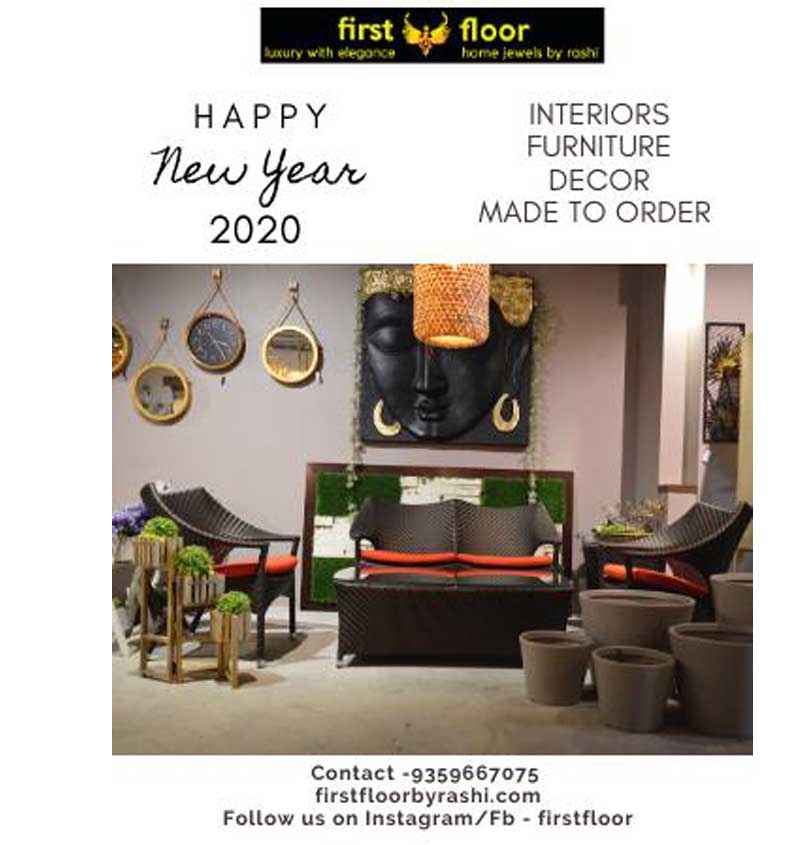



Your Message